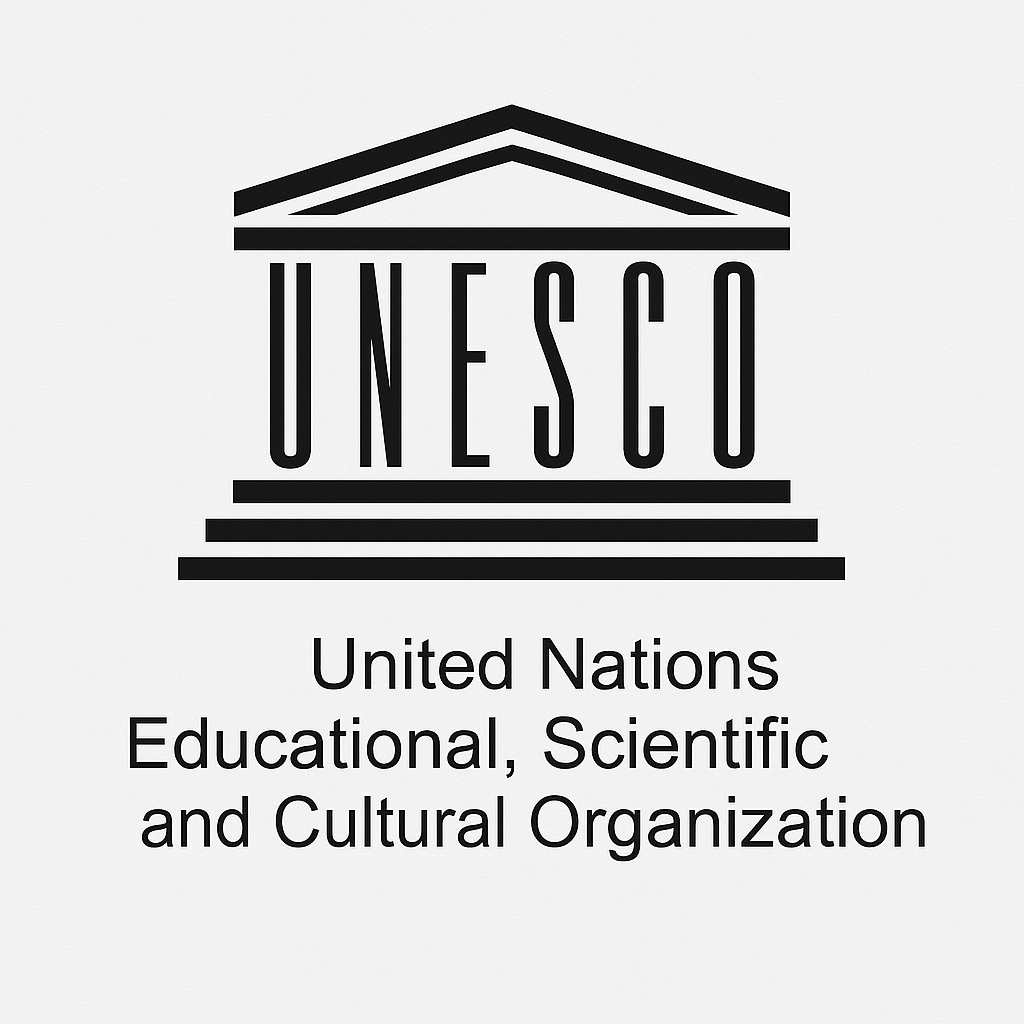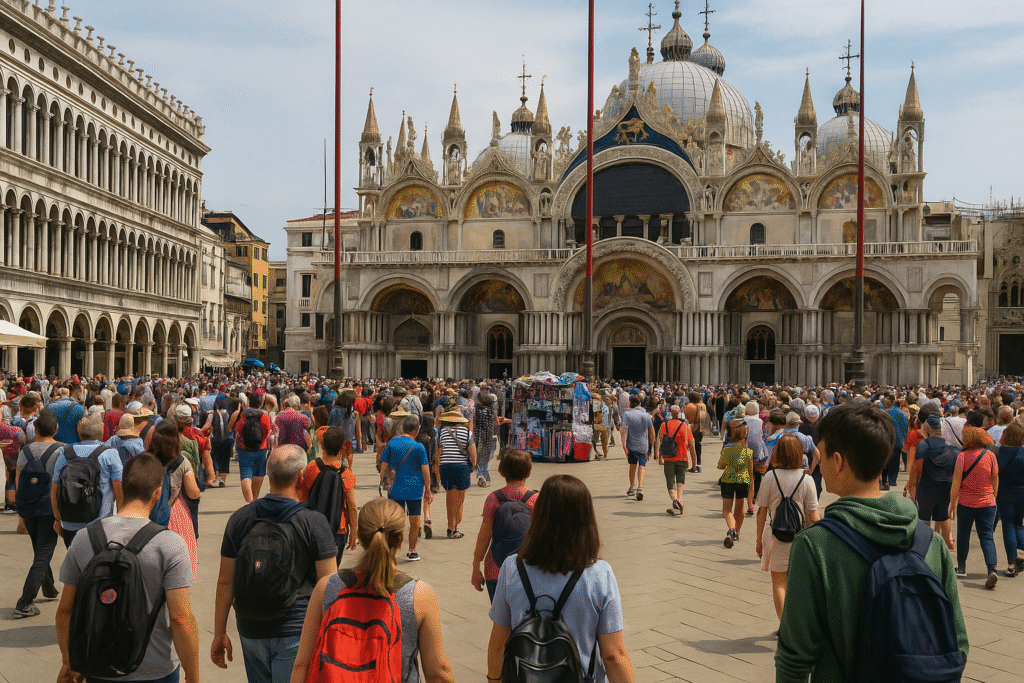In 2025, UNESCO’s updated List of World Heritage in Danger reveals a sobering reality: some of the planet’s most treasured cultural and natural sites are at critical risk due to war, climate change, urban development, and neglect. This list, compiled annually, serves as a global alert system—reminding the world of what we stand to lose without urgent collective action.

Among the most talked-about additions this year is Venice, Italy, which has faced mounting threats from mass tourism, cruise ship traffic, and rising sea levels. Despite several warnings in past years, limited progress in sustainable tourism regulation and environmental safeguards has led to its official inclusion in the danger list.
In the Middle East, the ancient city of Aleppo in Syria remains under threat. Though partial restoration has begun, ongoing instability and the aftermath of war have left its historic architecture vulnerable. Similarly, Timbuktu in Mali, once a beacon of Islamic scholarship, remains affected by extremist damage and desertification.
Environmental degradation is another pressing concern. The Great Barrier Reef in Australia remains under close scrutiny. Despite conservation efforts, climate change continues to cause coral bleaching and ecosystem disruption. Meanwhile, the Amazon Rainforest—spanning across Brazil, Colombia, and Peru—faces intensified deforestation, putting both biodiversity and indigenous cultures at risk.

UNESCO’s danger list is not merely symbolic—it activates international funding, technical support, and monitoring. However, political cooperation is crucial. Countries must demonstrate a commitment to reversing the damage to be removed from the list. For example, Angkor Wat in Cambodia was previously listed but was removed after comprehensive restoration efforts.
In many cases, the threats are not only environmental or military, but also economic. Urban sprawl, mining, and unregulated tourism continue to damage irreplaceable heritage, especially in developing regions where resources for preservation are limited.
The 2025 list is both a warning and a call to action. Protecting heritage is not just about monuments—it’s about preserving identity, memory, and the shared legacy of humanity. As UNESCO Director-General Audrey Azoulay noted, “When a heritage site is lost, a part of our collective story disappears.”
Preserving these sites is no longer optional—it’s urgent.
